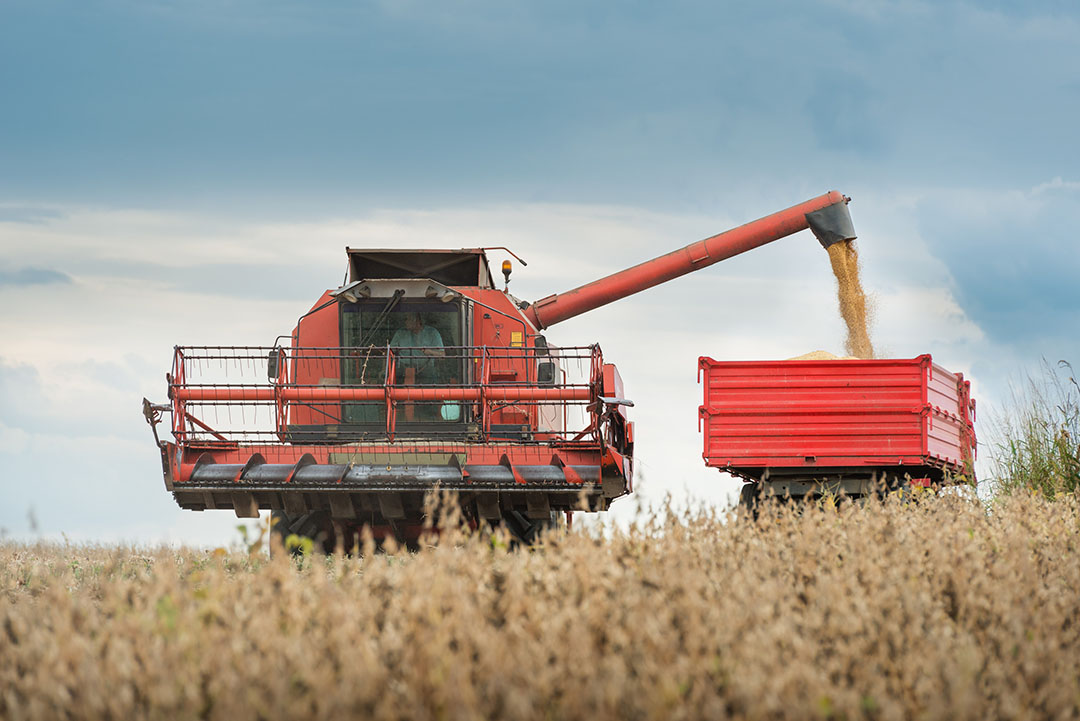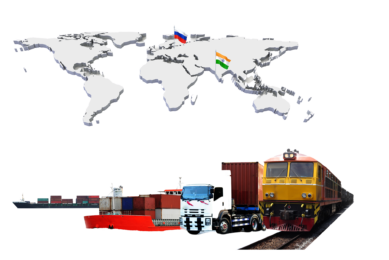Global soybean market is changing

The US used to be the top soybean supplier for China, but the trade war has dried up the flow of soybeans from the US to China.
This is stated in a new report by Dutch bank ABN Amro.
As a result of the changes in the main suppliers, global trade flows and the structure of the global soybean market have changed. China buys most of its soybeans from Latin America. And that continent has made strong advances in the soybean market in recent years.
Trade flows US-China have dried up
In April 2018, China announced an import tariff on soybeans from the US in retaliation for the import tariffs on steel and aluminium that were imposed by the US. As a result, the trade dispute between the US and China escalated further and caused the soybean price on the Chicago Stock Exchange to fall to its lowest level in ten years (until mid-2018). Trade flows in soybeans between the US and China dried up very quickly. All-in-all, exported volumes of soybeans from the US dropped by more than 30% in 2018. China, however, remains heavily dependent on foreign deliveries of soybeans, since the country is the largest consumer of soybeans in the world. China accounts for nearly 30% of global demand for soybeans and about 65% of the total export market is destined for China. To satisfy their hunger for soybeans, the Chinese started looking at Brazil and Argentina as their main suppliers.
Increase EU imports of US soybeans
Because the price of soybeans in the US has fallen over the past few months due to weaker demand from China and China is willing to pay an extra premium for Brazilian soybean, the EU has started buying more soybeans from the US. In the first 27 weeks of the 2018/2019 marketing year, EU imports of soybeans from the US increased by 112% year-on-year. As a result, EU imports of soybeans from Brazil – the largest supplier of soybeans to the EU after the US –decreased by 25%. But imports from countries such as Canada, Ukraine and Paraguay fell even more sharply, by an average of 80% in the same period. The relatively low price was not the only incentive for the EU to buy more soybeans from the US. The US has complained for a while that the European soy market is too protected from US imports. To ease US concerns and reduce trade tensions between the EU and the US, regulations on biofuels and the use of soybeans were relaxed in January. This will pave the way for more imports of soybeans from the US in 2019.
More soybean production in Latin America
In 2018, the US, Brazil, Argentina, China and India combined were responsible for nearly 90% of soybean production. In recent years, soybean production has increased, particularly in South America. Brazil’s share of the market has been on the rise since 2001; this came at the expense of the US’s market share. Brazilian output has increased by more than 170% since 2001, mainly due to more flexible government policy on land use and relatively cheap agricultural land. But this strong growth came at the expense of nature reserves, which has increased concerns about deforestation in the Cerrado area. This will eventually become a problem as demand for more responsible and sustainable production of soybeans increases globally. Growth in Argentina has also been strong; production has increased by 86% since 2001. In relative terms, this increase was less harmful to the natural environment. Today, Brazil and Argentina combined have a larger share of the market than the US.
Need for sustainable soybeans
China continues to invest to increase its domestic production of soybeans. However, China will remain a net importer of soybeans for the time being, while remaining heavily dependent on the American continent. The strong improvements in yields since 2001 are directly attributable to an increase in the use of manure, pesticides and the worldwide agricultural mechanisation drive. Overall, efficiency has benefited, but the sharp increase in the use of pesticides in particular has a negative effect on the environment. On a global scale, companies are increasingly being encouraged to buy more sustainable soybeans. To meet the demand for more sustainable soybeans, large soybean producing countries will eventually be forced to change their business model.











